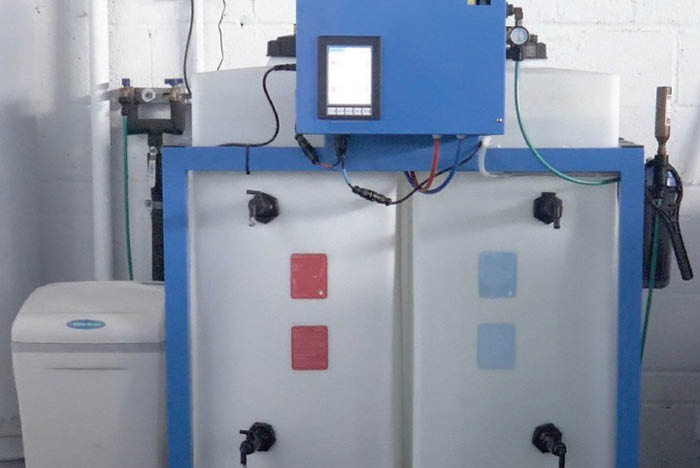Nothing wrong with any of that but we should still be accurate in how we talk about the pathogen that is the topic of the tread you're commenting on.Maybe those doing research but for most of us growers, we can't do anything to cure it using any means at our disposal whether we call it a virus or a pathogen lol. There is no cure for plants infected with HpLVd. Tissue culture isn't something most have access to. The best treatment is to trash all the plants and start over with seeds. Stop buying untested clones to re infect your stock. People would rather argue about trivial nonsense lol. It isn't something I worry about in my garden.
Case in point: Alcohol kills viruses. Because they are not like viruses, alcohol does not kill viroids. If you talk about HLVd as if it's a virus people will be under the mistaken impression that alcohol will be effective against it.
For the record I killed a decade+ library of collected clones and started over from seeds a few years ago and haven't taken in any clones since. Thanks, HLVd!


